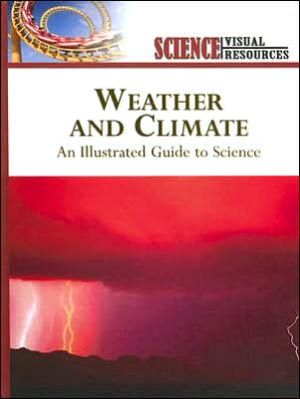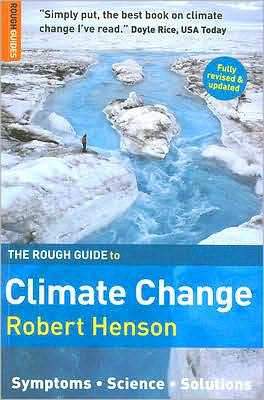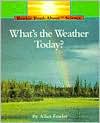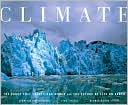Weather and Climate: An Illustrated Guide to Science
Search in google:
\ Children's Literature\ - Greg M. Romaneck\ If you look outside your window you will see the weather in action. Every moment of every day, weather functions in some way all around us. Yet, despite the fact that the weather is a constant companion of all life forms, how is it possible that most people have but a superficial understanding of its workings? In Weather and Climate youngsters are presented with a powerful learning tool geared toward these omnipresent, but generally misunderstood, phenomena. Like other texts in its parent series titled "An Illustrated Guide to Science," this particular book adopts a teaching style based primarily upon visual presentations of material. In each discrete subsection of this book, readers are essentially provided a tightly controlled text and numerous visual images. The use of charts, graphs, illustrations, and other visual renderings acts to underscore the essential premises and materials presented in the text. This approach to teaching and learning works well, and makes both Weather and Climate and its parent series a valuable addition to a young scientist's library.\ \ \ \ \ School Library JournalGr 8 Up\ Each title consists of 190 maps, charts, graphs, and diagrams designed to explain a range of concepts arranged into broad areas. Environment looks at interrelated impacts of human activity and the environment, sources of pollution, and case studies of environmental disasters. Weather includes atmospheric structure, the components of weather and weather systems, the science of meteorology, world and U.S. climate data, and the human impact on climate. Except for a single paragraph introduction, the table of contents provides the only outline of the relationships among the topics within each section, and the indexes are minimal. The books contain an immense amount of data; the visuals are attractive, but occasionally more decorative than informative. The Web page-like layout provides brief bulleted marginal entries that do not indicate hierarchy of main ideas and subdivision, or provide sufficient background information to interpret the visuals. This, plus the lack of a systematic introduction to the main ideas in each section will challenge readers to construct their own understandings from the information provided. The lack of documentation beyond a reference to The Diagram Group and the absence of explanations regarding the methods of data gathering are also problems. Dan Smith's similarly summarized data in The Penguin State of the World Atlas (2003) are fully documented. These titles might be useful as supplementary sources or to teach information literacy skills in verifying data, but they don't stand on their own.\ —Judith V. LechnerCopyright 2006 Reed Business Information.\ \








